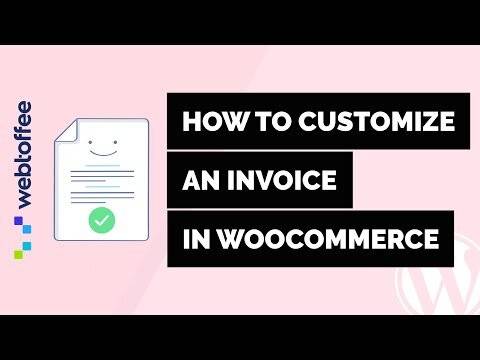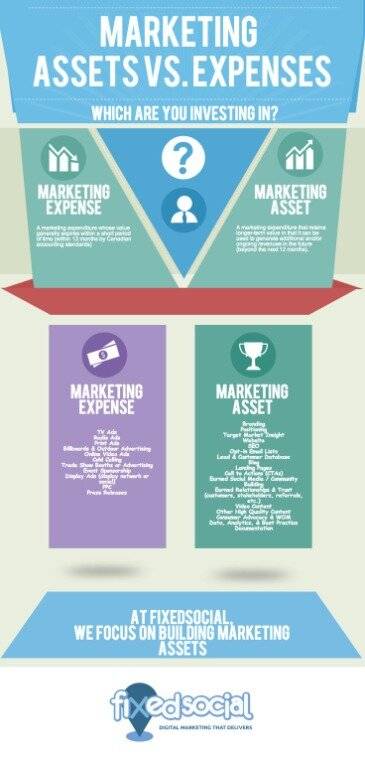
Sole proprietors and partners pay themselves simply by withdrawing cash from the business. Those personal withdrawals are counted as profit and are taxed at the end of the year. Set aside a percentage of earnings in a separate bank account throughout the year so you have money to pay the tax bill when it’s due. Another way in which LLC partnerships differ from sole proprietorships is that LLC partners have the option of taking guaranteed payments. These are taken out of the profits as guaranteed income and should therefore be recorded on the profit and loss statement.

Any distribution to shareholders from earnings and profits is generally a dividend. However, a distribution is not a taxable dividend if it is a return of capital to the shareholder. Most distributions are in money, but they may also be in stock or other property. For information on shareholder reporting of dividends and other distributions, refer toPublication 550, Investment Income and Expenses. Refer to Tax Information for Partnerships page for more information.
Dividend distributions
Building projections for first-year How To Pay Yourself When You are A Sole Proprietores expenses challenge even the best business owners. You may face unanticipated equipment needs or surprise business taxes or fees. During the first year of operations, leave plenty of funds in the business account for covering such unexpected expenses. Next year, once you have developed a track record, you can safely withdraw more to pay yourself. Until then, err on the conservative side, recommends the website Entrepreneur.
What is your business name if you are a sole proprietor?
As a sole proprietor, by default, the legal name of your business is your own name. But you can choose to operate the business under another name, known as a “fictitious business name” or “doing business as” (DBA).
Your intro to the different types of finance, including their pros and cons. An accountant or bookkeeper can help you figure out how to pay yourself as a business owner. They’ll help you work out an amount for now and a plan for the future. While a salary might sound nice, there’s extra admin and extra costs to being a corporation.
An Owner’s Draw Isn’t Taxable
The IRS has no say in your salary, and it cannot deduct anything from your earnings if it exceeds the minimum wage. A virtual business address can solve some of the problems, such as privacy concerns, that can arise when running your business from your home. Non-disclosure agreements protect confidential business information from being prematurely disclosed to the public or falling into the hands of competitors. Tax mistakes are often unnecessary and self-inflicted but they don’t have to be. Small businesses can avoid common mistakes with a little planning and common sense. If you plan to move to a larger location, launch a more complex website, or expand your product line, you may want to accumulate cash in the business for that purpose.
- You have no partners , so you have complete say over all business decisions.
- Importantly, they pay full income tax on their share, even if they don’t draw all of it.
- Proper registration of these business entities entitles you to certain legal protections.
- Use this business account to deposit all income from the business.
- Collective, you can relax knowing that you’re doing it all the right way.
By understanding the basics of sole proprietorship taxes, you can avoid any surprises come tax time. And if you have any questions, don’t hesitate to consult a tax professional. As a sole proprietor, you may also need to pay estimated taxes.









